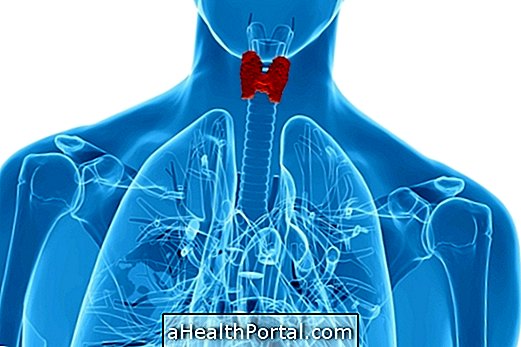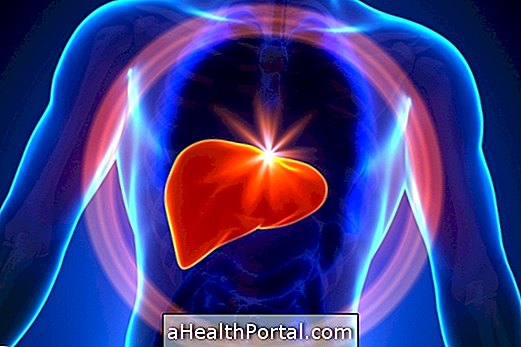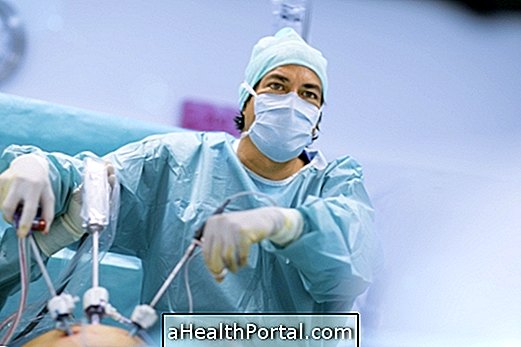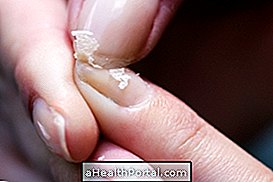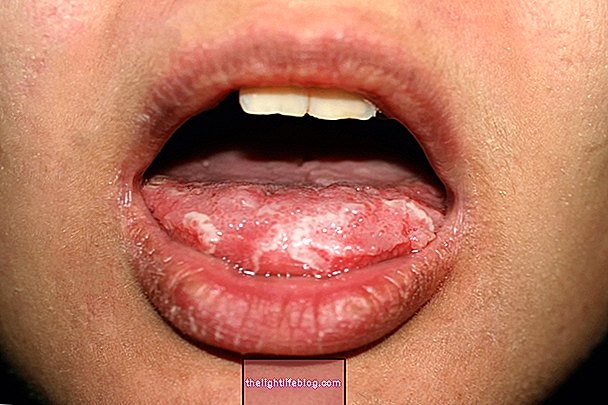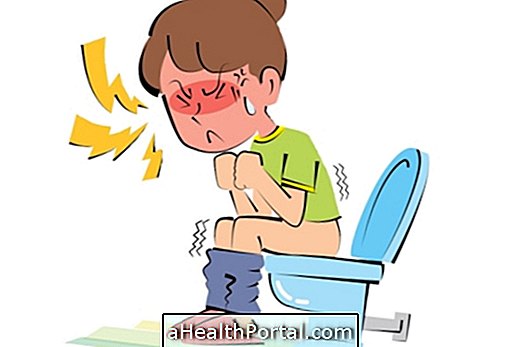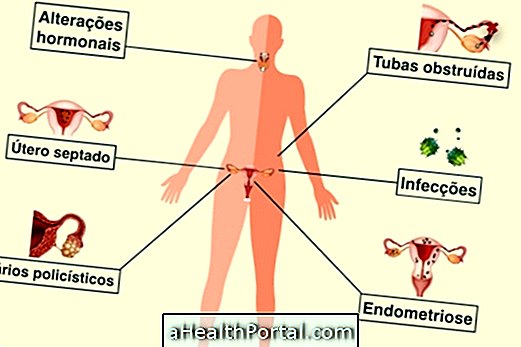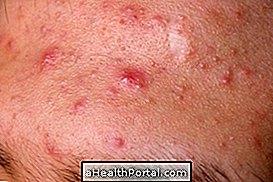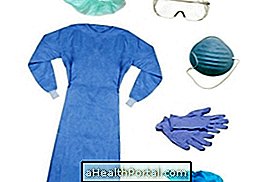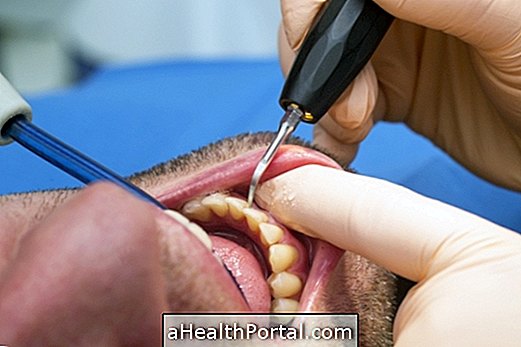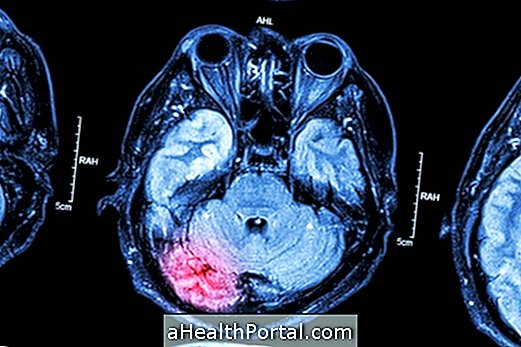Pediatric varicocele is relatively common and affects about 15% of male children and adolescents. This condition occurs due to a dilation of the veins of the testicles, which leads to a blood accumulation in this place, being in most cases asymptomatic, but may cause infertility.
This problem is more common in adolescents than in children, because at puberty increases arterial blood flow to the testicles, which may exceed the venous capacity, resulting in a dilation of the veins of the testicles.
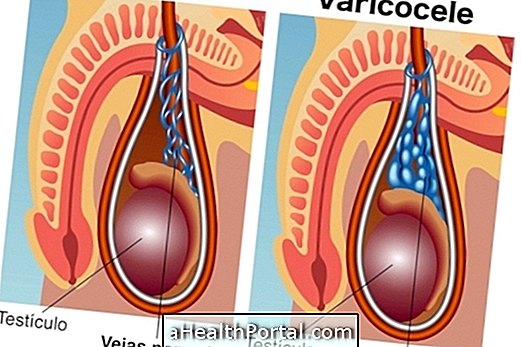
What causes
The exact cause of varicocele is unknown, but it is thought to occur when valves within the testicles veins prevent blood from passing properly, causing local accumulation and consequent dilatation.
In adolescents it may occur more easily due to increased arterial blood flow, characteristic of puberty, to the testicles, which may exceed the venous capacity, resulting in a dilation of these veins.
The varicocele may be bilateral but is more frequent in the left testicle, which may have to do with the anatomical differences of the testicles, since the left testicular vein enters the renal vein, while the right testicular vein enters the inferior vena cava. this is a difference of hydrostatic pressure and greater tendency to occur varicocele where there is more pressure.
Possible signs and symptoms
Generally, when varicocele occurs in adolescence is asymptomatic, and rarely causes pain, being diagnosed by the pediatrician in a routine evaluation. However, some symptoms such as pain, discomfort or swelling may occur.
Spermatogenesis is the testicular function most affected by varicocele. In adolescents with this condition, a decrease in sperm density, altered sperm morphology and decreased mobility were observed, as varicocele leads to increased free radicals and endocrine imbalance and induces mediators of autoimmunity that impair normal testicular function and fertility.
How is the treatment done?
Treatment is only indicated if varicocele causes symptoms such as testicular atrophy, pain or if the sperm analysis is abnormal, which may compromise fertility.
It may be necessary to perform a surgery, which is based on the ligation or occlusion of the internal spermatic veins or a lymphatic microsurgical preservation with microscopy or laparoscopy, which is associated with a reduction in recurrence rate and complications.
It is not yet known whether treatment of varicocele in childhood and adolescence promotes a better outcome of semen characteristics than the treatment performed later. Adolescent follow-up should be done with testis measurement annually and after adolescence follow-up can be done by the spermogram.


